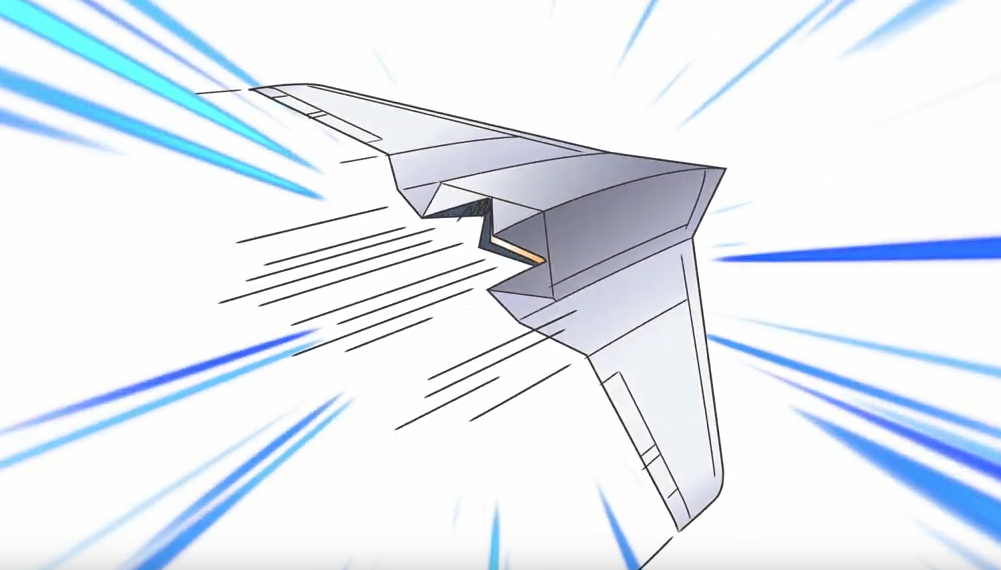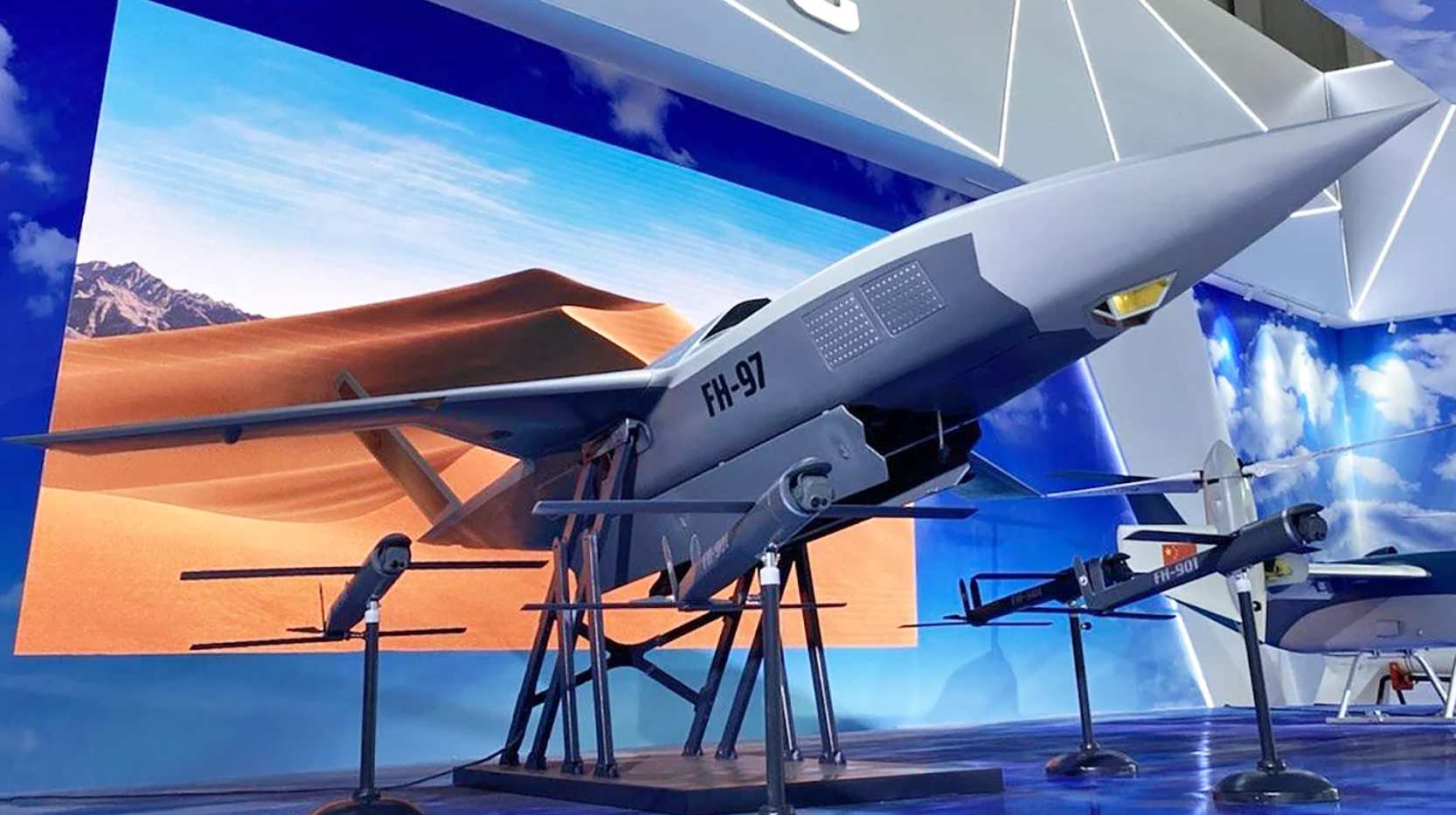From Hollywood Top Gun’s Tom Cruise to Bollywood Fighter’s Hrithik Roshan, flying fighter jets have one thing in common: they all have a wingman. In Top Gun 3, Maverick could be flying with a ‘loyal wingman.’
US Warship Torpedoed By Germany Salvaged By UK; British Team Pulls Artifact From WW-1 Destroyer
Soon, the US military pilots will get the first batch of ‘loyal wingmen,’ who will watch their back and not dither from their given goals. The US Air Force is narrowing down on vendors to manufacture drone wingmen to fly into battle zones alongside manned fighter jets by early 2025.
Wingmen have saved the day for fighter pilots. Even the ace pilots could not emphasize the importance of a wingman in amplifying situational awareness, increasing firepower, and allowing for more dynamic tactics during aerial combat.
In the words of Kris Osborn, who previously worked as a Highly Qualified Expert with the Pentagon: “A loyal wingman drone, for instance, could blanket an area with ISR, test and overwhelm enemy air defenses, jam enemy communications, and even launch an offensive strike when directed by a human, while manned fighter jets operate at a safer stand-off distance performing command and control.”
The USAF Secretary Frank Kendall revealed that the service is a month away from awarding the contract for the first batch of ‘loyal wingmen’ under the collaborative combat aircraft program.
Speaking at the Air and Space Force Association’s Air Warfare Symposium, Kendal said that in a couple of months, contracts will be given for the CCA’s (Collaborative Combat Aircraft) – drones loaded with autonomous software that would fly into battle alongside crewed fighters in 2025.

The USAF Wants To Deploy 1000 CCAs Roughly
The USAF already has contracts with five companies: Lockheed Martin, Boeing, Northrop Grumman, General Atomics, and Anduril. Keeping the budgetary limitations under consideration, the USAF will choose two companies to move to the next stage.
This stage could involve participation by the US “strategic” partners. This stage would include concept definition and preliminary design work.
The USAF aims to field different types of CCAs, with different capabilities and levels of survivability, to carry out a wide range of missions, including strikes, surveillance, jamming, and serving as decoys to draw enemy fire when the lead aircraft is carrying out the main mission.
The USAF’s priority is getting the CCAs into production as soon as possible. While the service is uncertain over how many firms will move into production, Kendall said that there could be two firms working on the first batch.
Developing software core to allow drones to operate autonomously will be the biggest challenge of the program
While the USAF can achieve it in the first batch, the improvements will come as and when the technology matures. The other challenges are interoperability with manned fighter jets and defining the autonomy levels of the loyal wingman – will there be human oversight, or will it be completely autonomous?
Chinese Unmanned Wingman Program
The Chinese unmanned wingman program is reportedly more advanced than the US program. Prototypes have been unveiled and may have undergone initial testing.
Just like the US, it also lays potential emphasis on naval applications. The Chengdu Aircraft Industry Group and Shenyang Aircraft Corporation are involved in it.
Unveiled sometime ago, the Chinese wingman drone FH-97A is being called China’s efforts to copy both US technology and tactics. The stealthy unmanned aircraft was unveiled at Airshow China 2022.
An upgraded version of the FH-97 drone, it was described by the Chinese Global Times newspaper as being capable of “all-day, all-weather” operations in support of reconnaissance and attack missions while being controlled from the cockpit of a manned fighter.

“FH-97A could be reconfigured and become operable on vessels. The development team has reserved spaces for strengthened landing gear and tail hooks, as maritime deployment was considered at the very beginning of the development,” the Global Times wrote.
Writing for the Warrior Maven, the US military expert Osborn wrote that the FH-97A drone’s configuration certainly resembles certain key aspects of the US Air Force’s Valkyrie “wingman” drone, which has already flown successfully with F-35s. However, it is the tactical application of the platform that derives from the US tactics.
“The concept of a “loyal wingman” drone has long been on the radar for US Air Force technologists and weapons developers. The idea is as clear as it sounds, referring to an effort to build an unmanned platform or “drone” that can be fully operated from the cockpit of a manned aircraft. An ability to directly operate the flight path, sensor payload, and data processing of a drone from the cockpit, without having to route ISR data or video feeds through a ground control station, massively reduces latency and multiplies operational possibilities,” Osborn says.
During a July 2023 wargame conducted by the Mitchell Institute for Aerospace Studies, three “blue” air teams used a mix of collaborative combat aircraft, or CCAs, as sensors, decoys, jammers, and weapon launchers to “disrupt and stimulate” China’s integrated air defense system, “locate its critical nodes, and begin to attrit threats to support crewed aircraft operations,” according to the institute’s new report on CCAs.
The team in the warfare requested hundreds of the CCAs on the first day of the conflict itself, underscoring that the USAF would need to buy thousands of these drones. The USAF needs to keep the cost of the unmanned wingman low to increase its affordability and make it more expendable.
Wingmen Saving The Day
Wingman is the pilot of a secondary aircraft providing support or protection to a primary aircraft in a potentially dangerous situation. It traditionally flies in formation to the side and slightly behind the primary craft.
Historically, the term “wingman” was first used to describe the pattern in which aircraft flew into battle. As the lead aircraft flew in formation, another aircraft would fly to the right and slightly behind. This second pilot, known as the wingman, protected the lead aircraft.
The concept of a wingman is nearly as old as fighter aviation itself. On August 9, 1915, Oswald Boelcke acted as a wingman when he shot down a French airplane pursuing Max Immelmann.
The wingman would have back a few feet and off to either side of the lead pilot, allowing him to watch and provide support when needed, ensuring mutual protection.
Military history is filled with stories of wingmen stepping up in critical moments, saving their leader, and sometimes even turning the tide of battle.
During Operation Bolo in the Vietnam War, Captain Lance Sijan was shot down over Laos and captured by the enemy. His wingman, Captain Robbie Risner, tirelessly searched for him, even after being shot down himself. His efforts helped locate Sijan’s prison, leading to a rescue attempt, though Sijan tragically didn’t survive.
In what was called the “Thud Ridge Rescue,” Captain John Nichols’ F-105 Thunderchief was crippled by anti-aircraft fire and unable to eject. Despite low fuel and facing enemy fighters, his wingman, Captain Jim Risner, stayed with Nichols, guiding him to a crash landing and even scaring off rescuers until the area was secure.
- Ritu Sharma has been a journalist for over a decade, writing on defense, foreign affairs, and nuclear technology.
- She can be reached at ritu.sharma (at) mail.com
- Follow EurAsian Times on Google News




